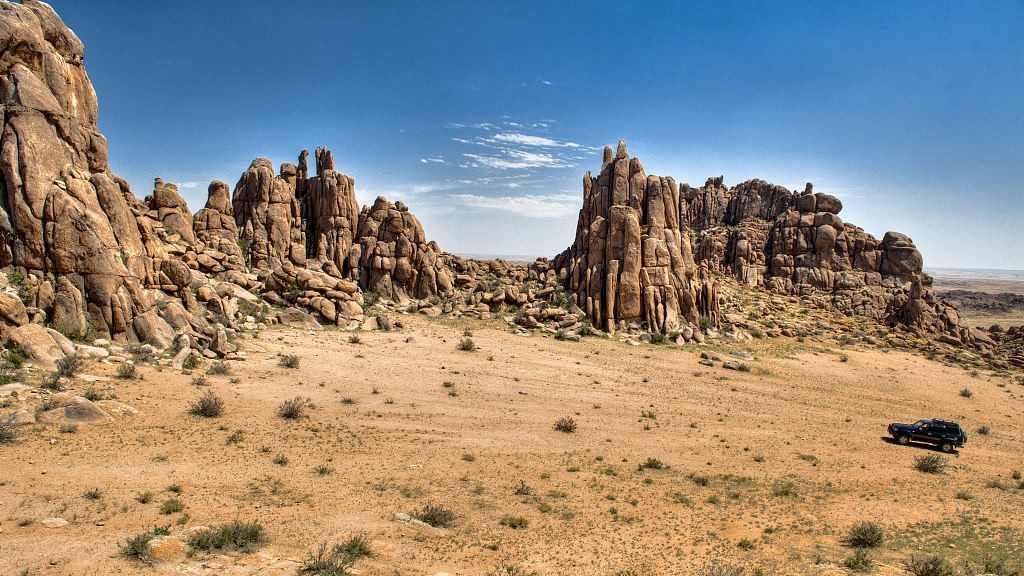
Tech & Sci
13:32, 22-Sep-2017
Researchers identify Gobi Desert as source of north China sandstorms

The yellow sandstorms that engulf northern China including the Chinese capital Beijing every spring are believed to originate in the Gobi Desert, not the Taklimakan Desert as previously thought, Chinese researchers announced Wednesday.
The Gobi belches an annual 53 million tons of flying sand on East Asia whereas the Taklimakan spews 45 million tons, the Xinhua News Agency reported.
Previously the Taklimakan Desert was thought to be the prime suspect, lead researcher Chen Siyu told the Global Times on Thursday after publishing their findings in the 60th issue of Science magazine in China.
But the Taklimakan is surrounded by mountains and battered by more easterly winds, according to the research team led by Professor Huang Jianping from the College of Atmospheric Sciences at Lanzhou University in Northwest China's Gansu Province.
"The Gobi has a quite smooth and flat landform located in a high-altitude area and is often affected by western winds, leading to huge amounts of sand being delivered to East Asia," Chen said.

Rock formations in Gobi Desert, Mongolia /VCG Photo
Rock formations in Gobi Desert, Mongolia /VCG Photo
"The research result could help correct previous misunderstanding about the main source of East Asia's dust and sandstorms, put more focus on the sandstorm monitoring and curbing of the Gobi Desert and thus reduce harm brought by serious sandstorms in East Asia, especially on the Beijing-Tianjin-Hebei corridor," Chen said.
A total 87.79 billion yuan (13.72 billion US dollars) has been earmarked to help control the sources of sandstorms that affect Beijing and Tianjin from 2013 to 2022.
Located between China and Mongolia, the Gobi Desert covers an area of 130,000 square kilometers, according to the Xinhua report.
The 337,600 square-kilometer Taklimakan Desert in the Tarim Basin of Northwest China's Xinjiang Uyghur Autonomous Region is not only China's largest sandy desert but also the second-largest drifting desert in the world, second only to the Sahara, according to Xinhua.
652km
Source(s): Global Times

SITEMAP
Copyright © 2018 CGTN. Beijing ICP prepared NO.16065310-3
Copyright © 2018 CGTN. Beijing ICP prepared NO.16065310-3